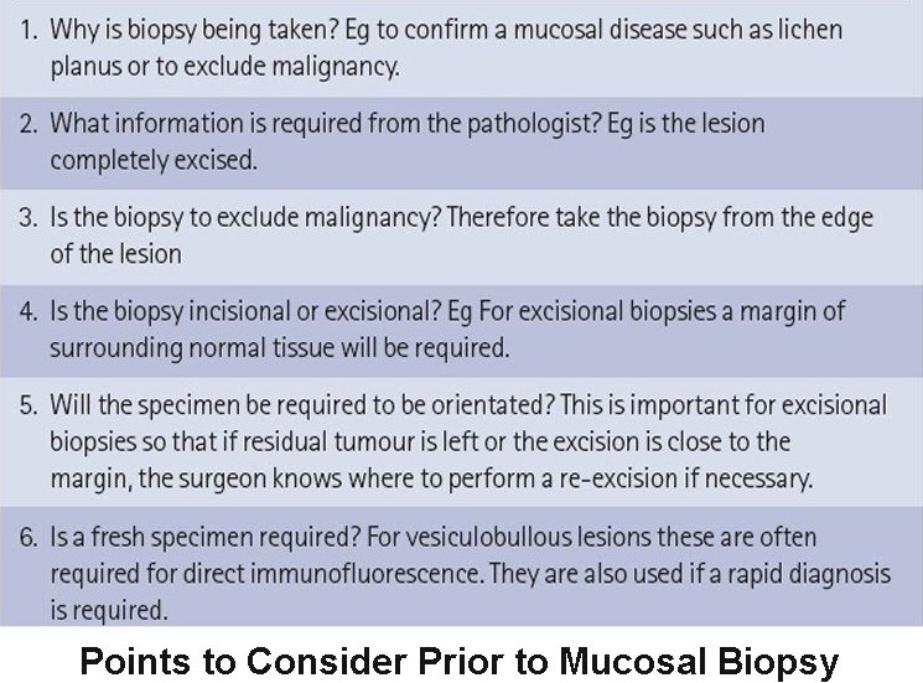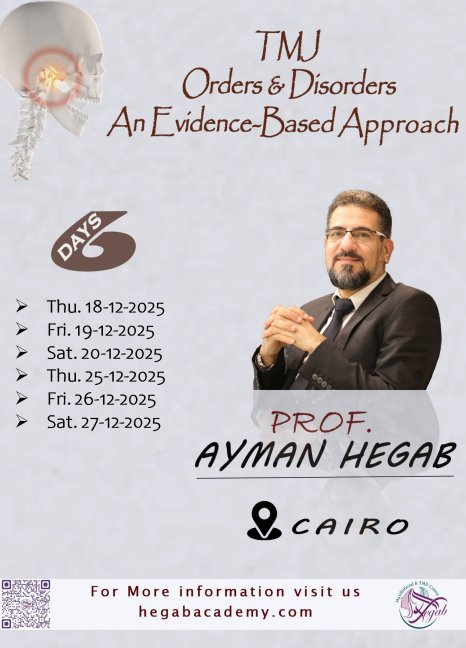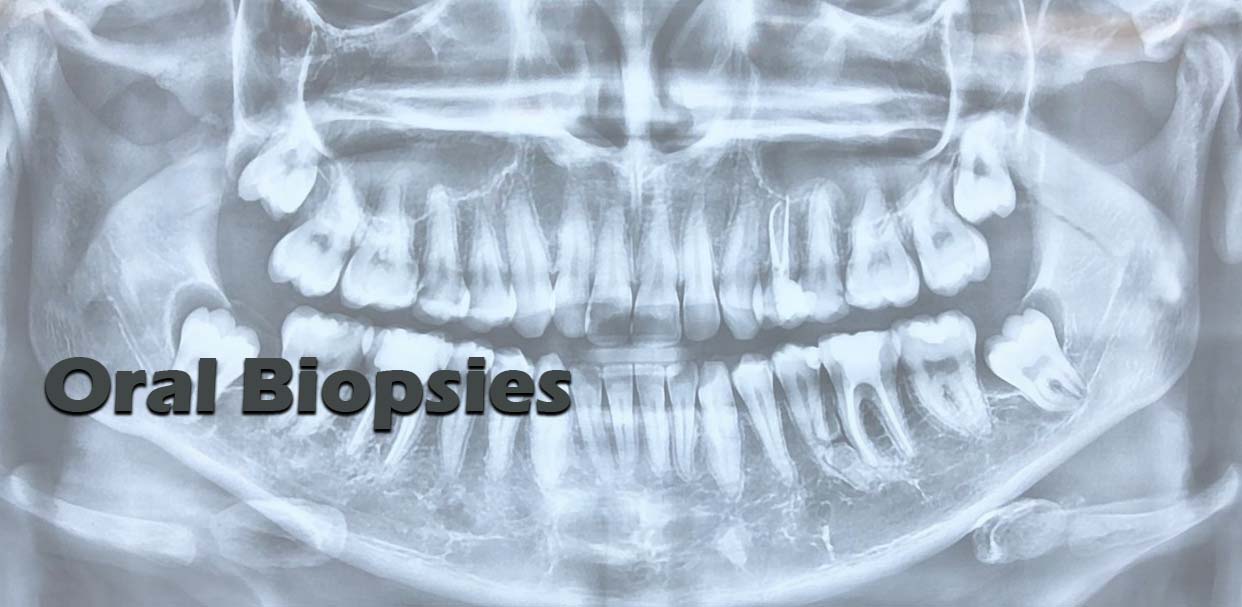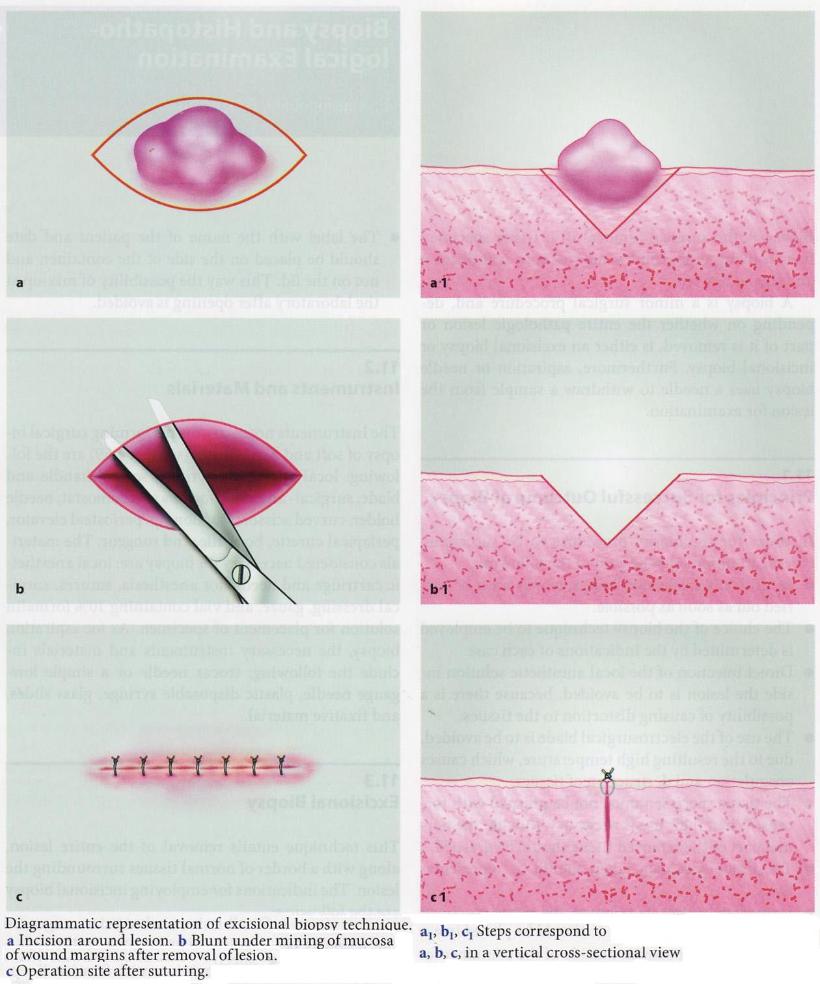What is a Biopsy?
A biopsy is often recommended following a consultation on the clinic.
It is a simple procedure that provides tissue for the histopathologists to discover the presence, cause or extent of a disease.
The procedure is carried out under local anasthetic, that is, you will be awake and have an injection to numb up the tissue in question. You will have stitches at the biopsy site that dissolve over the next 10 – 14 days.< You can expect some discomfort and possibly swelling afterwards. These will settle over the next few days.
The whole process should take less than 30 minutes.
There are two types of biopsy:
It is a simple procedure that provides tissue for the histopathologists to discover the presence, cause or extent of a disease.
The procedure is carried out under local anasthetic, that is, you will be awake and have an injection to numb up the tissue in question. You will have stitches at the biopsy site that dissolve over the next 10 – 14 days.< You can expect some discomfort and possibly swelling afterwards. These will settle over the next few days.
The whole process should take less than 30 minutes.
There are two types of biopsy:
The procedure is carried out under local anasthetic, that is, you will be awake and have an injection to numb up the tissue in question. You will have stitches at the biopsy site that dissolve over the next 10 – 14 days.< You can expect some discomfort and possibly swelling afterwards. These will settle over the next few days.
The whole process should take less than 30 minutes.
There are two types of biopsy:
The whole process should take less than 30 minutes. There are two types of biopsy:
Excisional Biopsy
Where the biopsy aims to remove an area completely. This is usually only appropriate for small lumps or swellings.
Excisional Biopsy
Where the biopsy aims to remove an area completely. This is usually only appropriate for small lumps or swellings.
How is it done?
A local anasthetic injection is used to numb the area which takes a couple of minutes to work. After this injection, the procedure should be painless. The biopsy usually leaves a small hole that often requires stitching. In the majority of cases the stitches used are dissolvable and take around two weeks to disappear.
All together, this procedure usually takes around 15 – 20 minutes from start to finish.
All together, this procedure usually takes around 15 – 20 minutes from start to finish.
After Your Appointment
Following the procedure, the doctor will instruct you on how to keep yourself comfortable over the next few days.
The biopsied area will be sore and any discomfort can be controlled by pain-killers such as paracetamol or ibuprofen.
You will be able to eat and drink as normal immediately after the biopsy but avoid anything too hot for the first 24 hours. Try not to either spit out or rinse out the mouth and do not do any physical exertion for the next 24 hours as this can make the swelling worse or dislodge the blood clot at the site of operation encouraging more bleeding.
Use either a hot salty mouthwash or an antiseptic mouthwash such as Corsodyl, for the next few days, starting 24 hours after the procedure. This should lessen the chance of infection at the biopsy site and hasten the biopsy site’s healing.
You will be able to eat and drink as normal immediately after the biopsy but avoid anything too hot for the first 24 hours. Try not to either spit out or rinse out the mouth and do not do any physical exertion for the next 24 hours as this can make the swelling worse or dislodge the blood clot at the site of operation encouraging more bleeding.
Use either a hot salty mouthwash or an antiseptic mouthwash such as Corsodyl, for the next few days, starting 24 hours after the procedure. This should lessen the chance of infection at the biopsy site and hasten the biopsy site’s healing.
Before Your Appointment
No special precautions have to be taken before your biopsy. Make sure you take your medications as normal.
Please eat and drink as normal prior to your appointment and DO NOT miss meals.
Results
If the lump or bump that is being biopsied looks to be a well-recognised or common lump or bump, we won’t necessarily review you on clinic but will send the biopsy results to you.
In other cases, you will normally be given a review appointment for the biopsy results to be discussed approximately 3 – 4 weeks after the biopsy.






